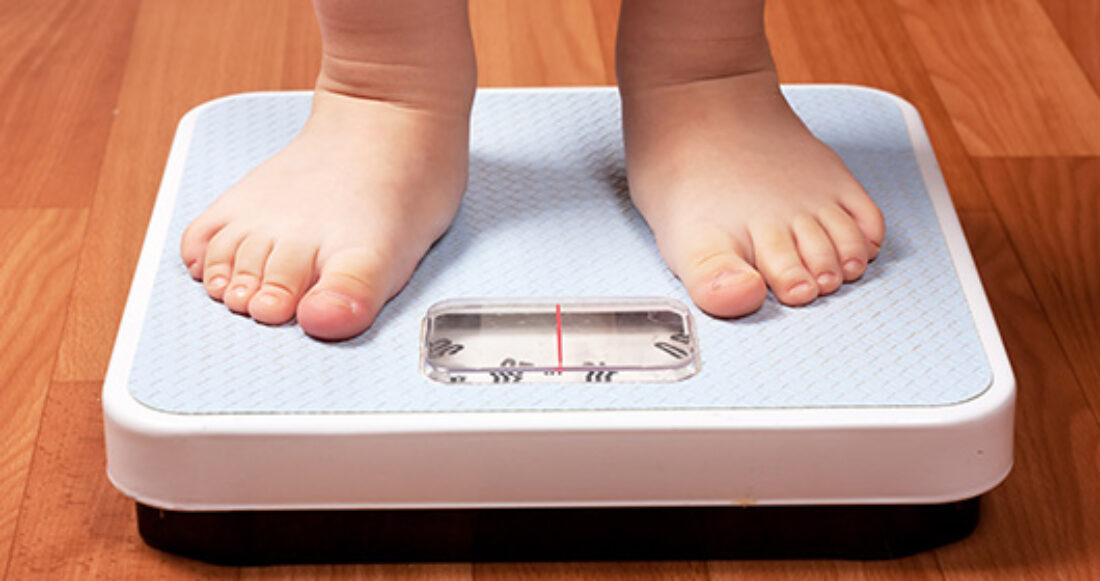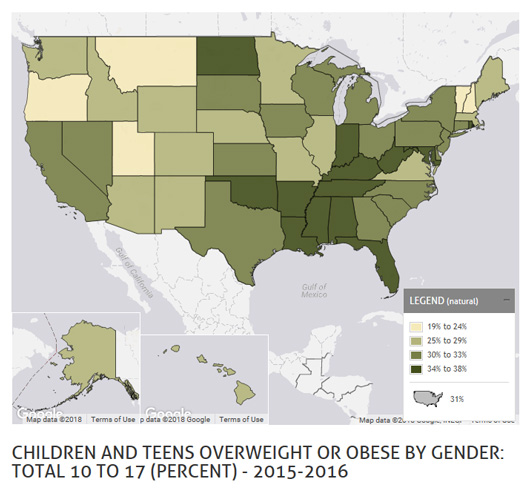Three in 10 U.S. Kids are Overweight or Obese

From 2015 to 2016, 31% of children ages 10 to 17 were categorized as overweight or obese. This statistic varies slightly by gender, with boys more frequently affected than girls (33% of boys versus 29% of girls).
At the state level: Children living in the South and Rust Belt states are more likely to be overweight or obese than are their peers in other parts of the country. In Rhode Island — the state with the highest rates of overweight or obese kids — 39% of children ages 10 to 17 fit this statistic. At the other end of the data spectrum sits Oregon, where just 16% of children are overweight or obese.
Children who have concerning body mass index scores, which are used to classify children as overweight or obese, can experience lasting physical and socio-emotional problems. This includes a greater risk of developing cardiovascular disease, Type 2 diabetes, sleep apnea, high cholesterol and asthma.
While physical activity plays a key role in maintaining a healthy lifestyle — and a healthy weight — nearly half (47%) of children in the United States do not exercise regularly. By promoting physical activity and healthy eating and by limiting sedentary behaviors, such as screen time, adults and caregivers can help reduce this statistic and improve the long-term well-being of America’s kids.
Access more health data on the KIDS COUNT Data Center:






